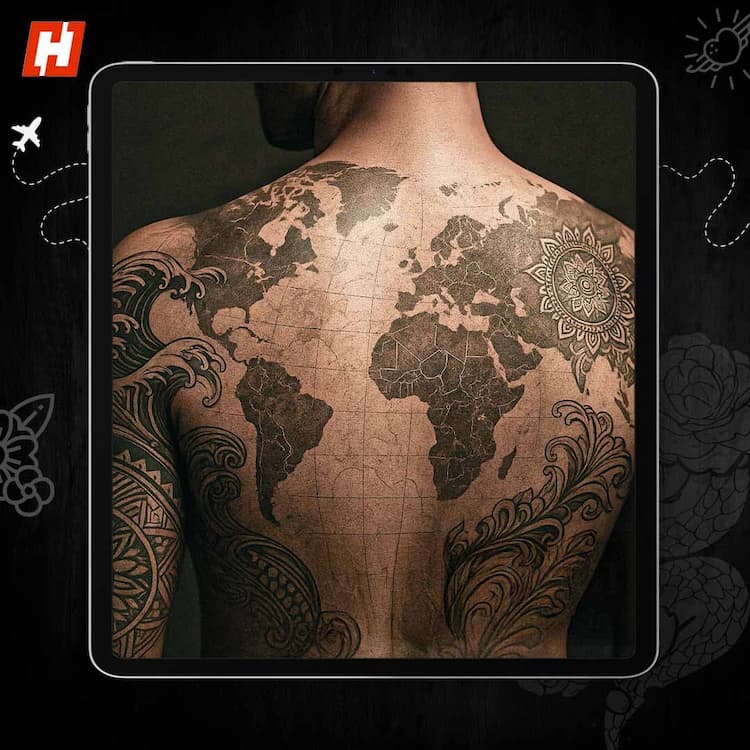India's history with handloom isn't merely cultural, but emotional, historical, and artistically beautiful. Each state has cultivated its own weaving tradition over centuries, with tales woven into every fiber. From Bengal's light Jamdani to Assam's golden Muga silk, these sarees are not merely clothes, but moving pieces of heritage. Let's talk about six legendary Indian weaves that still stun generations.
West Bengal – Jamdani: The queen of muslin
Jamdani is one of the world's oldest handloom weaving methods, dating back more than 2,000 years. This Bengali weave was once a royal favorite of Mughal emperors and is woven on ultra-light muslin using a very delicate weft method that enables floating motifs, typically flowers or paisleys, to seem as though they are dancing across the cloth. Designs are drawn on graph paper traditionally before weaving takes place, and every article is thus a work of art in planning and patience.
Gujarat – Patola: A double ikat symphony
The Patola saree of Patan, Gujarat, is woven magic in its purest form. What sets it apart is the double ikat process, both warp and weft yarns are tie-dyed first before weaving, almost amounting to mathematical accuracy. It takes weeks to weave a single saree, but the end result is a cacophony of symmetrical, eye-searing colors. Something that was once a symbol of royalty, now a fashion heirloom for the contemporary bride.
Tamil Nadu – Kanjeevaram: The silk that withstood the ages
Kanjeevaram silk sarees are the jewels of South Indian fabrics. Weaved in the city of Kanchipuram, they're renowned for their luxurious silk, gold zari borders that glimmer, and age-old designs such as temples, peacocks, and checks. The sarees do not degrade even after decades and are passed on from one generation to the next as heirlooms. A genuine Kanjeevaram never becomes outdated.
Odisha – Sambalpuri Ikat: Vibrant, cultural and modern
Odisha's Sambalpuri sarees are a reflection of the ikat's beauty in an entirely different way. Here, the yarns are tie-dyed prior to weaving, resulting in slightly unfocused, but wonderfully detailed patterns. Motifs typically comprise shankha (conch), chakra (wheel), and tribal motifs, reflecting the state's strong traditions. Sambalpuri sarees are an amalgamation of craft, culture, and wearable art.
Assam – Muga Silk: The golden thread of the east
Exclusive to Assam, Muga silk is produced from silkworms which subsist solely on the som and sualu leaves. The outcome? A yarn with a natural golden luster, unrivaled in strength and beauty. Typically decorated with Assamese folk prints, Muga sarees are cherished for weddings, formal occasions, and cultural events. They aren't only lavish, they're nearly bulletproof.
Telangana – Pochampally: Geometry meets grace
From Bhoodan Pochampally in Telangana, this ikat-patterned fabric has been awarded a UNESCO heritage status. Characterized by bold geometric patterns and bright colour contrasts, Pochampally sarees are every modern woman's fantasy—light, flamboyant, and perpetually chic. The designs are trance-like, and no two sarees are identical.
India's handloom sarees are more than clothes, they're silken yarns of history, a thread and a tale, a representation of identity, tradition, and ageless beauty. Preserving these weaves, then, is not just about sustainable fashion but about keeping alive crafts that are centuries old. So, which one would you wear next?






